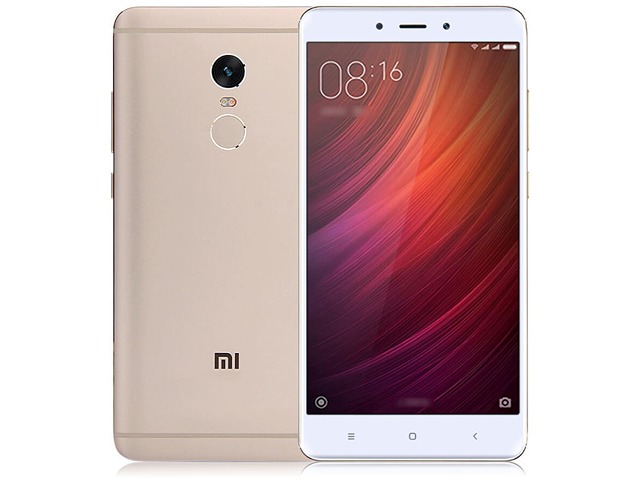Find Features Meanings By Xiaomi Redmi Note 4 (MediaTek) Review
Buying a mobile phones is not a daily job because they are costly. So, if you want to invest in a new one, you have to be sure that you get the adequate cellular phone for you. This Xiaomi Redmi Note 4 (MediaTek) review is your best resource for grasping the meanings of the majority of Xiaomi Redmi Note 4 (MediaTek) specifications, which will allow you to make the right decision.
After announcing Xiaomi Redmi Note 4 (MediaTek) by Xiaomi on 8/1/2016, this model has been Released 2016, August. However, this model status in the market is: Discontinued.
When you purchase Xiaomi Redmi Note 4 (MediaTek), you will gain a 13 MP, f/2.0, PDAF rear camera and 5 MP, f/2.0 selfie camera. it Also has 16GB 2GB RAM (Standard), and 4100 mAh battery life (the more mAh value gives more strength to the battery).
with 5.5 inches, 83.4 cm2 display size.
Xiaomi Redmi Note 4 (MediaTek) comes with the following OS and chips:
* Android 6.0 (Marshmallow), MIUI 10 OS,
* Mediatek MT6797 Helio X20 (20 nm) Chipset
* Deca-core 2.1 GHz Processor.
To understand the meanings of cellular phone specs, continue reading this Xiaomi Redmi Note 4 (MediaTek) review.
This Xiaomi Redmi Note 4 (MediaTek) Review Is Your Guide To Learn About The Body Specifications
smartphone’s body characteristics are very important to be considered while intending to buy a new device. These features are the body dimensions, the body weight, and the body build. In these following lines, you will find Xiaomi Redmi Note 4 (MediaTek) review in terms of the body features.
* Body Dimensions: 151 x 76 x 8.4 mm (5.94 x 2.99 x 0.33 in) which mean height, width, and thickness (depth) respectively.
* Body Weight: 175 g (6.17 oz).
Any weight between 140g and 170g is deemed suitable for smartphones and is suitable for the majority of people.
* Body Build: Glass front, aluminum back, aluminum frame.
You could find the following types of cellular phone’ body:
* Metal. It is the strongest one in terms of saving the devise components, that’s because it’s made of metals.
* Plastic. Because it doesn’t bend, this type could be more sturdy than metal. Also, It works for a longer period of time than a glass one because it doesn’t shatter easily.
* Glass. In spite of the brittle nature of glass makes it more breakable, this type of cellular phone’s body looks more polished and appealing.

The Available Colors – Xiaomi Redmi Note 4 (MediaTek) Review
Selecting the color of the cellular phones cover is generally a personal issue, because it has become related to the consumer’s general taste.
Xiaomi Redmi Note 4 (MediaTek) comes in the following colors: Silver, Gray, Gold, Blue, Black.
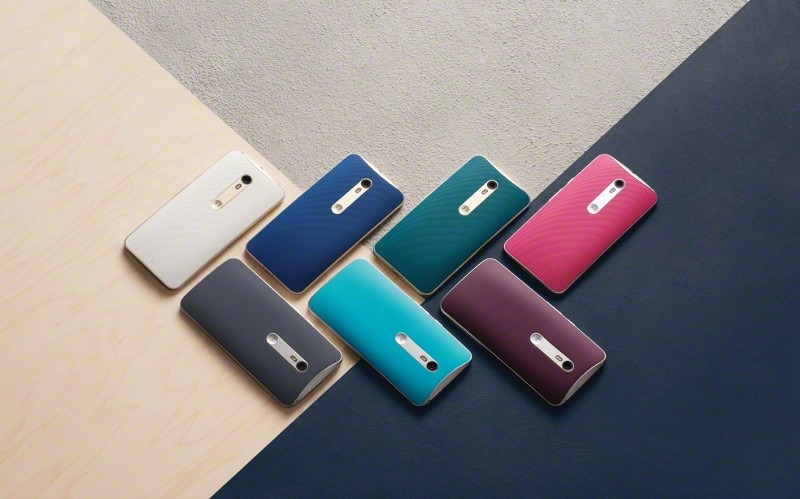
All About Display specifications in one Xiaomi Redmi Note 4 (MediaTek) Review
With the rapid evolution of mobile inventions, it is difficult to know any smartphone or combination of features as the best. This is relevant to the screen’s quality and features. In fact, selecting it depends on your personal need and the areas in which you use cellular phones. In the following lines, we will sort-out the primary display characteristics of Xiaomi Redmi Note 4 (MediaTek)
Display Type: IPS LCD – Remember that you need to look for a screen kind that provides more vivid colors and proper black color.
Display Size: 5.5 inches, 83.4 cm2 – The popular standard screen size of cellular phones now averages between 4.7 and 6.5 inches.
Screen To Body Ratio: (~72.7% screen-to-body ratio). It provides the percentage of how much of the front face is covered by the display.. Smartphones that have the largest screen to body ratio look delicate and give it a premium look.
Display Ratio: 16:9 ratio. the Aspect ratio is the relevance between the height and width of the smartphone screen. Taller aspect ratios like 19.5:9 is coming with the most modern smartphones, and it is suitable for web browsing, and other portrait orientation apps.
Display Resolution: 1080 x 1920 pixels. It is the clarity of an image video in details and sharpness. The pixel resolution for high definition screens is 1920 x 1080.
Display Density: (~401 ppi density). It is the number of physical pixels per inch on a screen, and is measured in Pixels Per Inch (ppi).
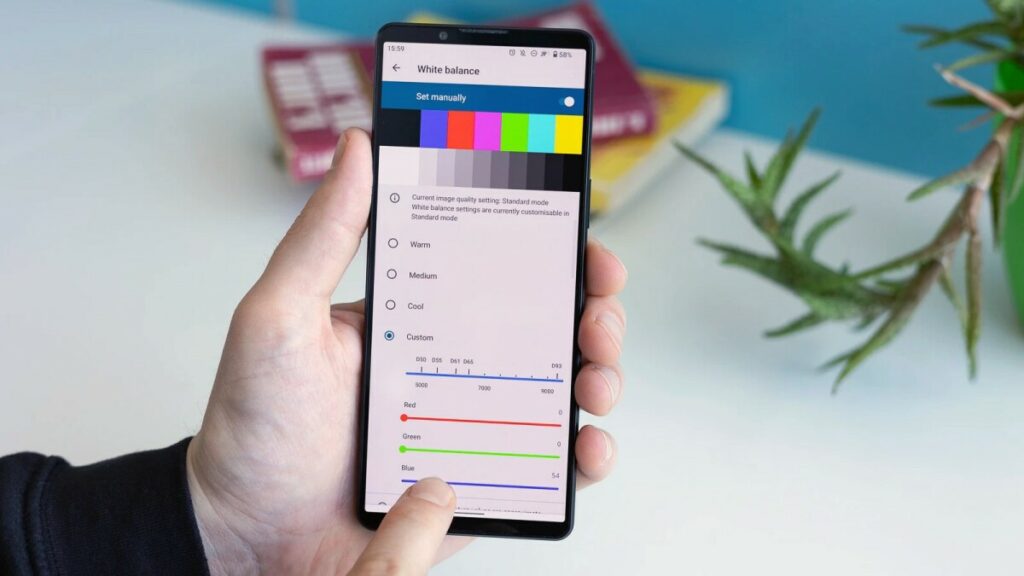
Xiaomi Redmi Note 4 (MediaTek) Review – Understanding Camera jargon and characteristics
In the following lines, you will find Xiaomi Redmi Note 4 (MediaTek) review about the main cameras.
* Main Camera Single: {13 MP, f/2.0, PDAF}.
Here are explanations about some of the symbols included in the camera characteristics:
MP (Megapixels) is the resolution of the image taken by a smartphone.
(f value) is the aperture of a lens indicates how much light it lets in. The larger the aperture, the more light is let in; conversely, a smaller aperture lets in less light.
(mm value) This measurement is of the lens’s focal length, which affects the final image that is produced by your camera.
AutoFocus (AF) is the function of a camera to automatically focus on a subject.
The main camera features are as follows:
HDR, panorama, 1080p@30fps, 720p@120fps main video camera.
In the following lines, you will see Xiaomi Redmi Note 4 (MediaTek) review of the selfie camera:
* Selfie Camera Single: 5 MP, f/2.0
The main camera features are:
720p Selfie video camera.
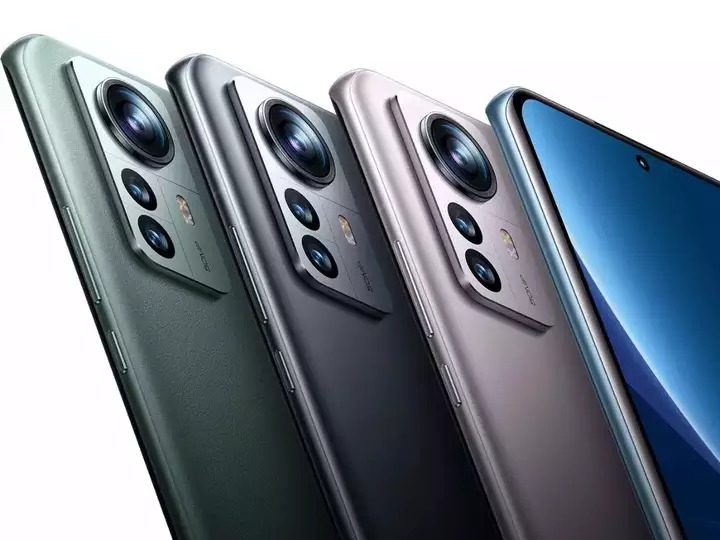
the SIM Card characteristics – Xiaomi Redmi Note 4 (MediaTek) Review
SIM an abbreviation for Subscriber Identity Module, and it’s a small plastic card that fits into your cellular phone. It is an electronic chip that comes in three sizes: Standard (Mini), Micro, and Nano, and it allows you connect to a cellular network. Then, you can make calls, send SMS messages, and connect to mobile internet services like 3G, 4G, and 5G. For more info about 3G / 4G networks, refer to Xiaomi Redmi Note 4 (MediaTek) 3G or Xiaomi Redmi Note 4 (MediaTek) 4G articles. However, you can use the cellphone without a SIM to use some available applications on it, play games, and connect to a Wi-Fi network to browse the web.
This mobile phone model comes with Hybrid Dual SIM (Micro-SIM/Nano-SIM, dual stand-by) card. For more info, refer to How to insert SIM card in Xiaomi Redmi Note 4 (MediaTek) article.
Here are the common SIM card types:
* Nano SIM. It is the smallest removable SIM card size, so it is the most modern one (other than eSIMs, which we’ll read about it very soon) and it’s used by the vast majority of current devices.
* Micro SIM. They have a slightly larger chip, and they haven’t been utilized too often recently.
* Standard SIM (Mini SIM). It is the biggest SIM card size in use, and it’s the most rarely used.
* eSIM. It is an embedded SIM card, i.e., you can’t take it off of your cellphone.
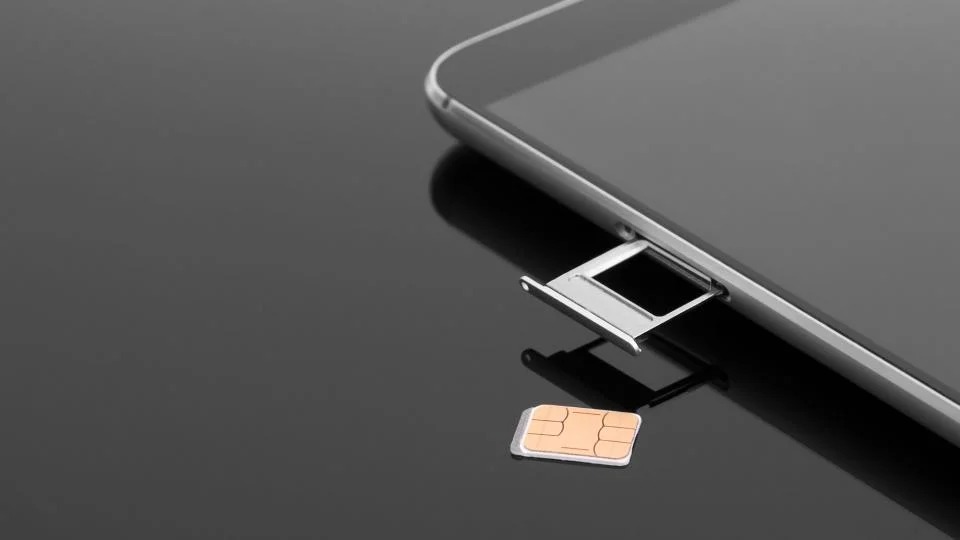
The Performance – Xiaomi Redmi Note 4 (MediaTek) Review
This model has Mediatek MT6797 Helio X20 (20 nm) chipset.
A chipset on a cellphone is most usually termed as a system on chip (SoC). It is an integrated circuit that combines all basic parts of a device on one chip. The most famous types are: QUALCOMM Snapdragon, MEDIATEK CHIPSETS, and INTEL ATOM.
Xiaomi Redmi Note 4 (MediaTek) has Deca-core 2.1 GHz CPU.
The performance of the CPU will be improved by increasing the number of cores and the processing speed.
Xiaomi Redmi Note 4 (MediaTek) has the following GBU (Graphics Processing Unit): Mali-T880 MP4.
This chip is responsible for handling and accelerating all graphics jobs, and the faster the GPU, the more powerful the device will be.

Storage Features – Xiaomi Redmi Note 4 (MediaTek) Review
One of the essential deciding factors when you intend to buy a new smartphone is the size of storage it offers. Actually, Xiaomi Redmi Note 4 (MediaTek) comes with microSDXC (uses shared SIM slot) memory card slot, and the following internal storage: 16GB 2GB RAM (Standard) – 64GB 3GB RAM (High) – 64GB 4GB RAM (Exclusive)
Two types of phone’s memory are available:
Internal: It is built in the phone, and can’t be expanded. Nowadays, the majority of cellular phones have internal storage that is at least 32GB or 64GB and a few high-end models feature 256GB or 512GB.
External: It is a removable SD card used as an alternative memory to store photos, music, videos, etc., regardless of the type of SD card slot.
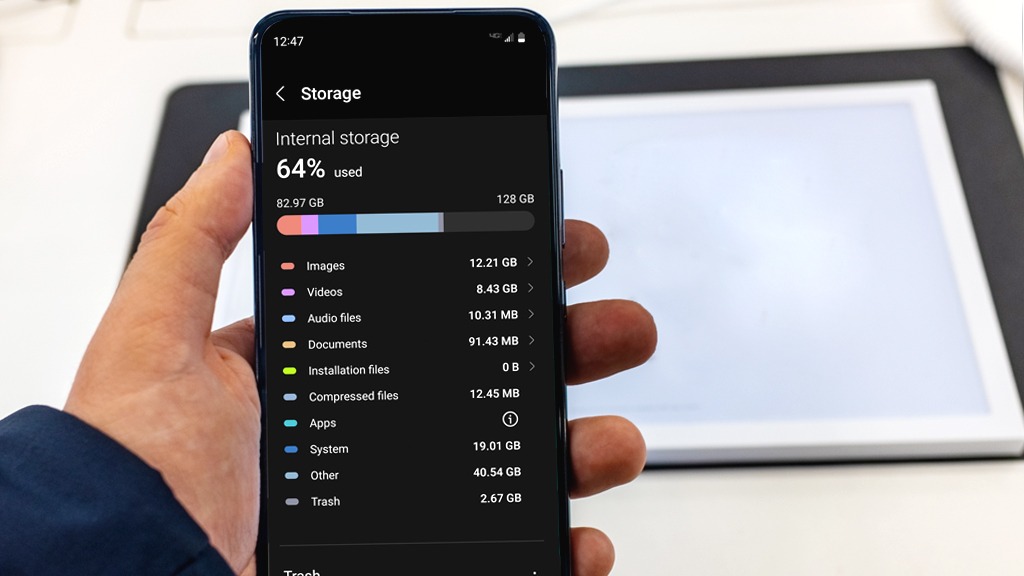
Mobile Networks and communication – Xiaomi Redmi Note 4 (MediaTek) Review
A mobile network, (or wireless network), is a system for transmitting and receiving radio waves between users. It is made up of base stations, each of which comprises a distinct area or “cell”. This makes it possible for several mobile devices such as cellular phones to communicate together. Actually, 3 kinds of working mobile networks: 3G, 4G (LTE), and 5G.
Xiaomi Redmi Note 4 (MediaTek) supports the following networks: 3G. For more information, refer to Xiaomi Redmi Note 4 (MediaTek) 3G article. – 4G. For more information, refer to Xiaomi Redmi Note 4 (MediaTek) 4G article.

Available Wireless Connections – Xiaomi Redmi Note 4 (MediaTek) Review
This model includes the following wireless connections:
* WLAN connection: {Wi-Fi 802.11 a/b/g/n/ac, dual-band, Wi-Fi Direct, hotspot}. Wireless Local Area Network uses Wi-Fi to communicate to the home or office wireless network using the local router and offers Internet access.
* Bluetooth connection: {4.2, A2DP, LE}. It is a common wireless communication protocol used to communicate two devices together over short distances, allowing them share data between different devices.
* GBS connection: {Yes, with A-GPS, GLONASS, BDS}.Global Positioning System allows cellular phone to locate any position you need.
* USB connection: {microUSB 2.0, USB On-The-Go}.Universal Serial Bus is wired technology that allows users to connect two devices, such as a smartphone with a PC, to either transfer data or to charge the connected device.
* Features Sensors: {Fingerprint (rear-mounted), accelerometer, gyro, proximity, compass}. The sensor is a device that detects and majors the changes in the nearby environment such as ambient light and motion.

Xiaomi Redmi Note 4 (MediaTek) Review – The Operating System
This model comes with {Android 6.0 (Marshmallow), MIUI 10} operating system.
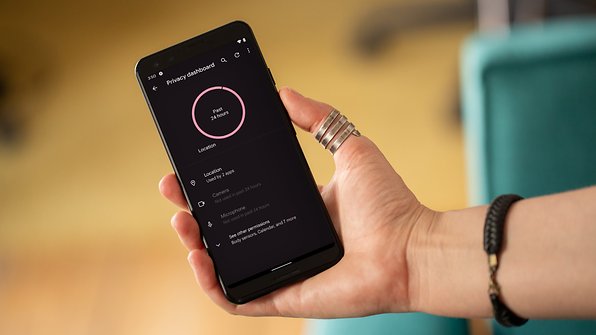
Main Specs of The Battery – Xiaomi Redmi Note 4 (MediaTek)
Nothing is more crucial than the cellular phone’s battery, which powers these devices and keeps daily life going. The following lines are including Xiaomi Redmi Note 4 (MediaTek) review of its main battery.
* Battery Technology: {Li-Po}.
* Xiaomi Redmi Note 4 (MediaTek) comes with {non-removable} battery.
* Battery Capacity: {4100} mAh. It refers to the storage capacity a particular battery can provide. A battery with 3100 mAh capacity rating could supply a current of 3100 mA for one hour. Higher mAh ratings for the same battery type will generally mean longer working time.



